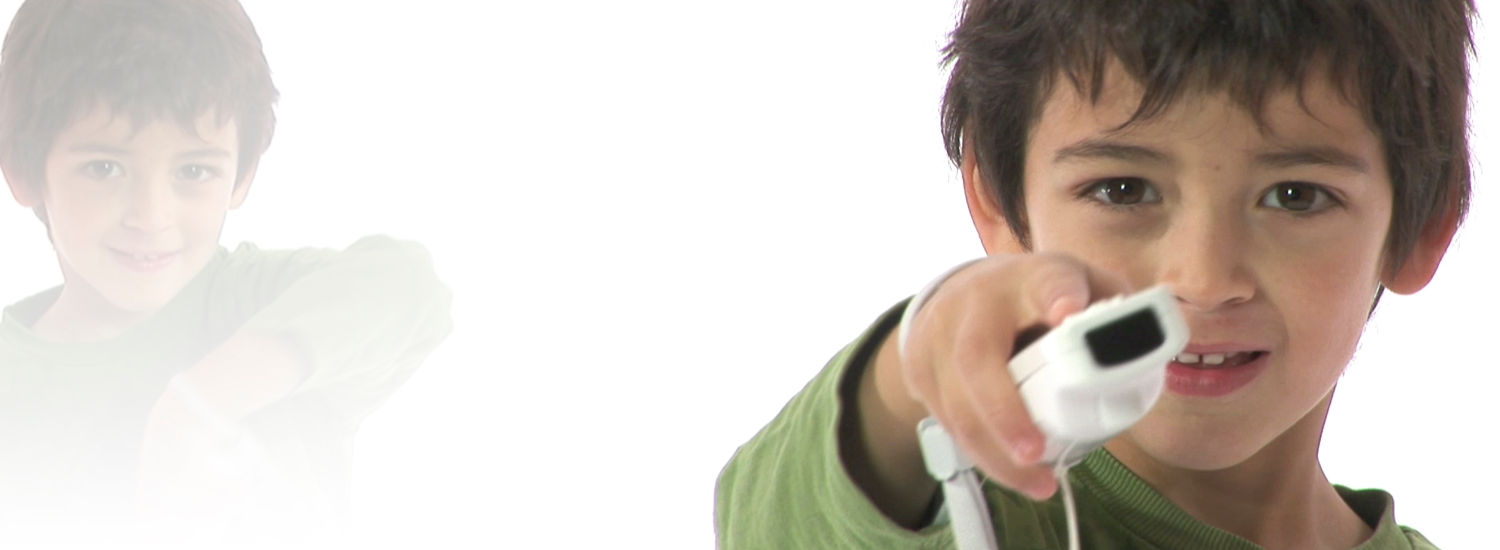Fast to implement. Easy to use
Play 4 Health speeds up the development and deployment of remote rehabilitation projects in a homogeneous way for the entire public health system. We have developed P4H in cooperation with health care professionals, who supervise the design and adaptation to each therapy.
Therapeutic perspective
P4H is useful for both neurological pathologies and traumatic or rheumatology pathologies.
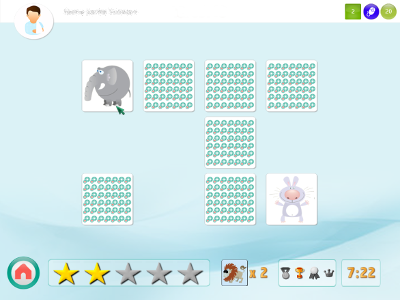
The games are based on cognitive aspects:
- Concentration.
- Memory.
- Recognition of figures or sounds.
And can be combined with the interaction devices to work on:
- Movement of one or various parts of the body.
- Fine and/or gross motor function.
- Posture and balance control.
We design the games to treat functional disabilities instead of pathologies. Thus, the same game can be used in various pathologies.
Different personalised therapies can be programme for each patient.
Patient’s point of view
The combination of therapy with games improves the adhesion to and acceptance of the treatment by the patients:
- The games are enjoyable and users get engaged to them. They make therapy easier.
- The repetitive and high intensity nature of the games is a benefit for recovery.
- The games motivate patients with positive feedback and awards.
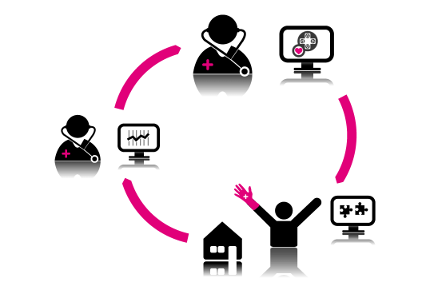
Therapist/Patient. A direct relationship
P4H creates a direct relationship between the therapist and patient.
Therapist
The therapist designs the rehabilitation programme for the patient, choosing and configuring a set of games and interaction methods.
Patient
At home the patient accesses the session programmed for that day and performs the exercices.
Statistics
While the patient is performing the therapy, the system records statistics and sends them to a database. The therapist accesses to the data stored to monitor the patient's evolution and to readapt the planned programme, if necessary.
Health services integration
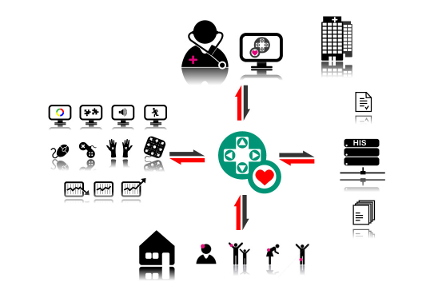
P4H has been developed with the aim of achieving perfect communication with the remaining applications at the hospital in order to facilitate the integration of the platform in a health environment. Thus, the work of the clinical staff is simplified and the results of the treatment are shared with the clinical historical records.
Operation and work flow
P4H is the central part interconnecting all the agents and systems involved in remote rehabilitation:
- It interconnects the prescriber with the patient.
- It connects the therapist with the games and the interaction methods pool to generate a specific rehabilitation plan.
- It allows the therapist to access the results.
- It allows the follow-up of the evolution of the patients.
The flexibility is the strong point of P4H
Therapies are programmed as a matrix in which the therapist can combine the 2 main elements: videogames and interaction methods.
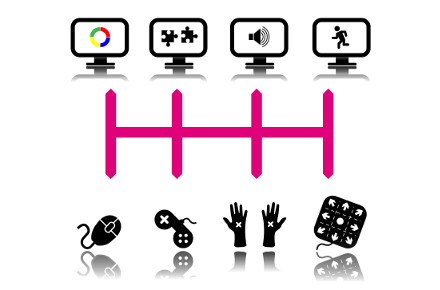
The interaction method defines how the patient physically relates with P4H. The videogame is the cognitive challenge, what makes the patients get engaged on, making them repeat it.
The flexibility of P4H positively influences the programming cost of new games as it allows a high degree of re-use: the game is developed once and then it is applied to all the interaction methods.
Or the other way round: we develop a new way to interact that it is applied to each game later on.


